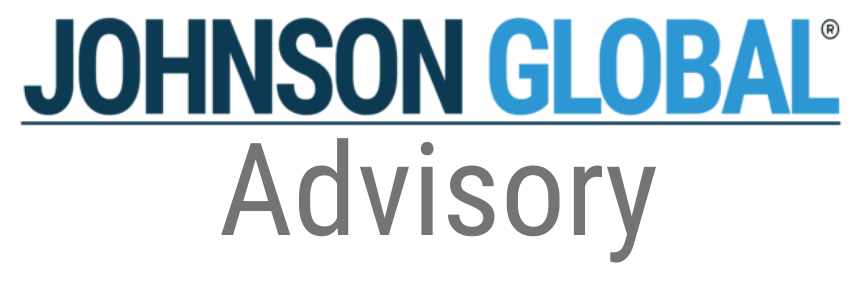Hurry Up and Wait: The Importance of Performing Remediation Early

Still waiting for the PCAOB to issue your 2019 or 2020 inspection report? Don’t worry, you’re not alone. Last Fall we analyzed report data and wrote about on the PCAOB’s slow pace in issuing its overdue inspection reports. The main reason provided by the Board for the delay was that they were transitioning to a new format for the inspection report which was first released back in the summer of 2020. In recent months, the regulator has since kicked it into gear and is clearing its backlog, issuing a flurry of 51 reports since early April, with approximately half of them including at least one inspection deficiency. Compare that to only 46 reports issued in 2020. Despite this recent activity, there are still hundreds of 2019 and 2020 inspection reports yet to be issued. Based on recent speeches, the Board expects the delayed reports to be issued throughout 2021.
However, what does this delay mean to your firm? What are the repercussions of receiving a delayed report? We’ve been having many discussions with clients and other firms about how this overlap is affecting them. Below, we offer some best practices to keep a proactive approach despite these delays.
Potential Upcoming Inspections
As a triennially inspected firm, you may think you are safe from the next PCAOB inspection until you at least get your last report. That’s typically how it worked in the past. Unfortunately, think again. Even though firms haven’t received 2019 and 2020 inspection reports, many firms have been notified of yet another inspection. That’s right, your firm could be subject to another inspection before the Board has even issued your 2019 inspection report, before you’ve implemented all the remedial actions to address the deficiencies from the last inspection and before the PCAOB concluded on the efficacy of your firm’s remedial actions. Wow! The reality is that even triennially inspected firms could be managing multiple inspection cycles at the same time (although each at different points in the cycle) – causing an unnecessary drain on firm resources.
The Drain on Firm Resources
National office professionals who are working on implementing remedial actions to address 2019 inspection criticisms will now also be required to deal with issuer engagement and QC questions/issues arising from a potential upcoming inspection. This also means that because there are overlapping inspection cycles, your firm may have QC criticisms repeated in the 2021 inspection report. You may have remediated these criticisms as part of the 2019 inspection remediation, but those actions may not have gone into effect until after the 2021 inspection. It can get complicated, we know, especially when trying to demonstrate to the PCAOB how remedial actions were sufficient, despite potential 2021 inspection findings.
Many firms are also deep in the throes of evaluating and implementing the new QC standard that was recently issued by the IAASB (with the AICPA and PCAOB following close behind with their own standards). As firms have started this evaluation process, they are starting to realize the sheer scope of implementing the new QC standards. Designing, implementing, and testing their own internal QC process is a monumental task that is going to take a lot of time, manpower, and resources. My colleague, Dane Dowell, recently published the eye-opening and informative article Bridging the Gap: ISQM 1 and the Knowledge and Resource Gaps to help guide you the planning and prioritization of that process.
The Drain on PCAOB Resources
While the audit regulator may issue hundreds of inspection reports in 2021, this will also mean that hundreds of firms will all be in their 12-month remediation window all at the same time. This bottleneck will create a great deal of strain on the PCAOB staff who are designated with the task of evaluating firms’ remedial actions. Firms are encouraged to engage in dialogue with remediation staff to review draft remediation submissions. In doing so, firms get feedback early in the process allowing time to revise or supplement their remedial actions before the end of the 12-month deadline, helping ensure a favorable determination from the PCAOB. Hopefully the Board will increase the number of its staff who are responsible for evaluating firm remediation responses, but if not, then the PCAOB may have a tough time providing timely feedback to individual firms.
What Firms Can Do
We recommend that you plan to get your draft remediation response in front of the PCAOB staff as early as possible along with the following:
- Perform
AS 2901 and
AS 2905 procedures immediately upon receiving a comment form after an inspection.
Even if you disagree with the issue in the comment form, rarely does an engagement team’s response change the PCAOB’s position. They would’ve had all the facts at the time of the inspection. Unless you raise some new audit evidence from the audit file in your response that the PCAOB had not previously seen, your issue will likely still be included in your inspection report.
- Evaluate potential root causes for each comment form deficiency. The sooner the better, so consider performing this analysis after you receive comment forms. As a side note, the new QC standards being issued by the major regulatory bodies are all requiring root cause analysis to be performed, so you may as well start the process as soon as you can.
- Consider QC remedial actions based on the results of your root cause analysis.
It is generally safe to say that inspection comments will translate to Part II QC findings in the inspection report (which remain non-public so long as the deficiency is satisfactorily remediated). You don’t need to wait until you get your draft inspection report to begin the remediation process. Consider each comment form issue and potential remedial efforts might address the deficiency at a firm-wide level that. For instance, if you received a comment over auditing estimates, consider doing a firm-wide training or creating an audit tool or template to assist teams with auditing management estimates. Start your firm’s QC remediation activities immediately after you receive any comment forms at the end of the inspection.
- Prepare your draft remediation response timely. If you have performed the steps above, be ready to provide a draft remediation response to the PCAOB staff as soon as your final report is issued. As mentioned above, receiving feedback from the remediation staff is important. These discussions will give you a sense of how impactful your remedial actions are. Early draft submissions within the 12-month remediation window should help you address any significant shortcomings. And, due to this current backup situation, we anticipate hundreds of firms entering their 12-month remediation period at the same time. So, submit early to allow for extra turnaround time.
Considering the potential delays with the PCAOB, as an alternative or in complement, consider engaging an outside consultant with PCAOB-specific experience who can provide feedback on root causes and your planned remedial actions. A fresh perspective rooted in PCAOB experience is sure to help refine your remediation submission.
ISQM 1 Implementation and its Effect on Remedial Actions
ISQM 1 explicitly requires firms to link deficiencies arising from monitoring activities (which includes external inspections) to potential gaps in a firm’s QC process for purposes of its ISQM 1 analysis. In fact, PCAOB comment forms already request that firms describe the relevant controls (i.e. policies and procedures) within the firm’s system of QC that was designed to prevent or to detect and correct the deficiency presented within the comment form. In addition, for each control identified, the firm is asked to describe the risk that the control was designed to mitigate. Thus, as firms perform their comment form evaluation, this will inform them of potential gaps in their ISQM 1 analysis that need to be addressed through revised QC controls along with other remedial actions. This will require even greater coordination between those in leadership who are reviewing comment forms, those who are responsible for remediation, and those who are tasked with implementation of ISQM 1. These should not be performed in silos!
Prevent a Similar Drain on Firm Resources
If our predictions are correct, these overlapping issues along with other QC initiatives will add further pressures on your firms already stretched resources. Many firms are starting to plan out how they will internally staff for the QC standards implementation (including which tools they should use to document and test their QC processes). Now is the best time to consider if you have the appropriate resources to handle all these competing priorities. You may be forced to reallocate internal resources or hire additional resources to fill these roles.
Whether you’re scheduled for a 2021 inspection or not, the current backlog in issuing inspection reports, will weigh on the process and affect firms directly. It is in the firms’ best interests to act quickly and address remedial actions in 2021; more quickly than in past inspection cycles. By remediating early, your firm can prevent the mad scramble with all other firms in month 11 of your remediation window period. In addition, keeping this proactive mindset will help advance other important initiatives where remediation insight will be important, such as ISQM 1, implementation.
Geoff Dingle, JGA Managing Director, works with PCAOB-registered accounting firms helping them identify, develop, and implement opportunities to improve audit quality. With over 20 years of public accounting experience, he spent nearly half of his career at the PCAOB where he conducted inspections of audits and quality control. Geoff has extensive experience in audits of ICFR and firms’ systems of quality controls. Prior to the PCAOB, he worked on audits in various industries at Deloitte in Atlanta and Durban (South Africa).




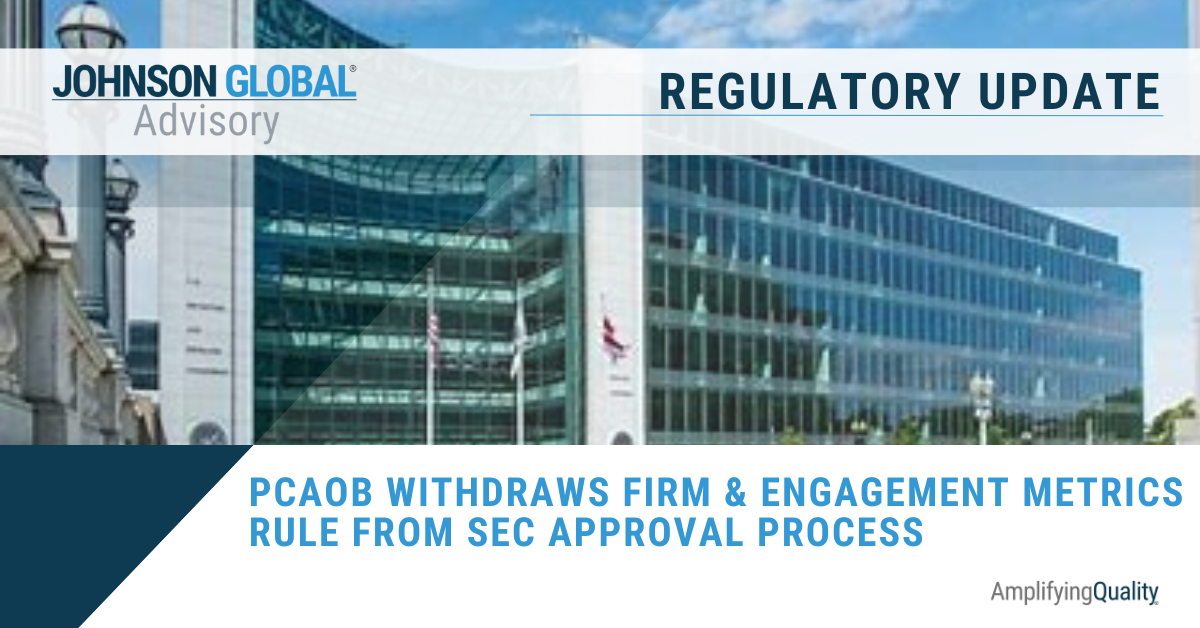
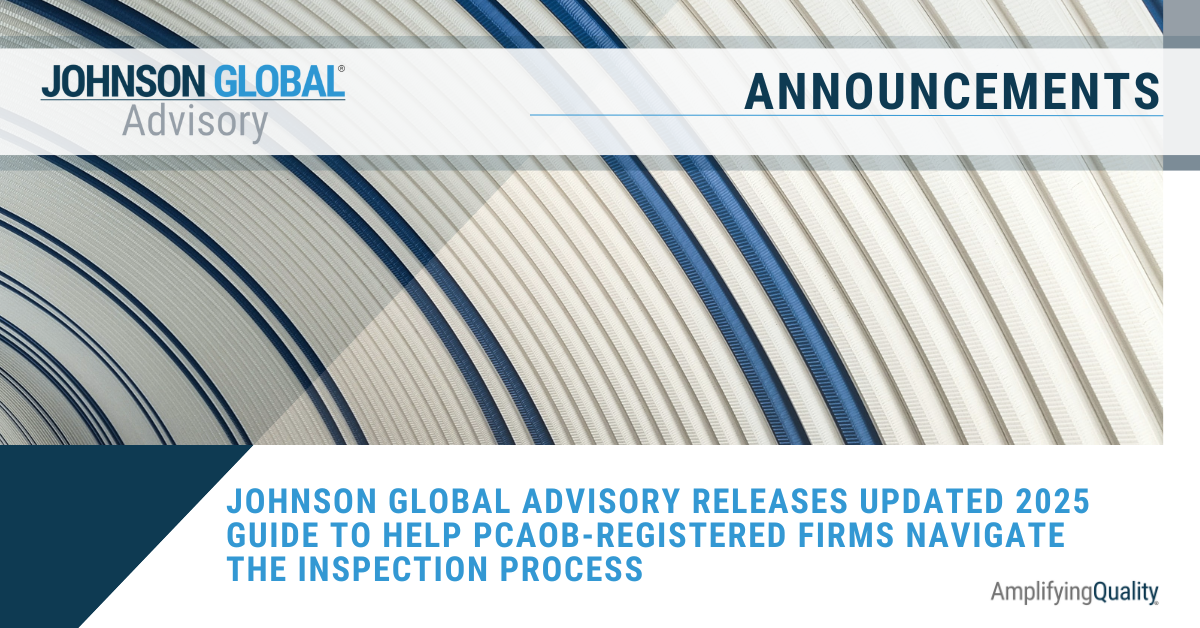

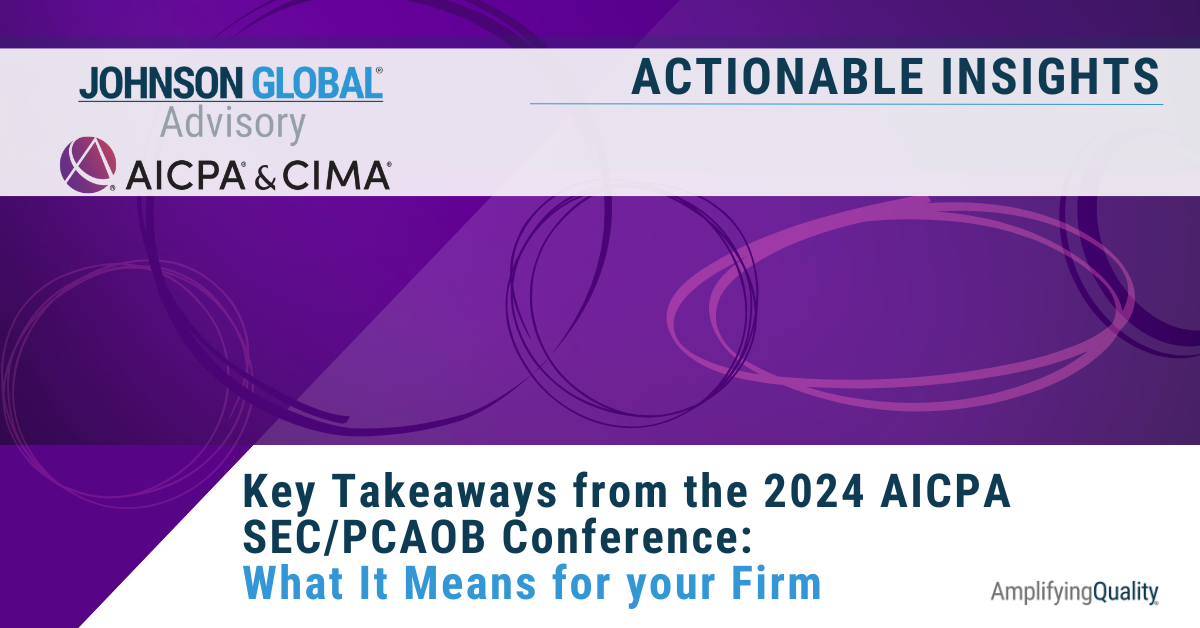
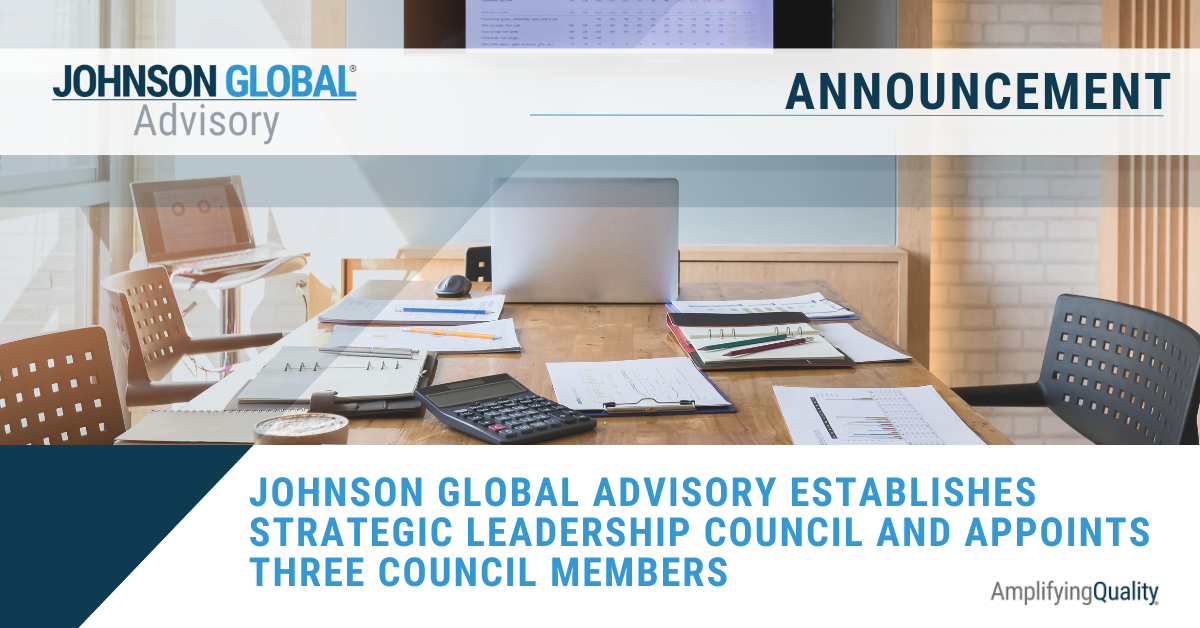

Johnson Global Advisory
1717 K Street NW, Suite 902
Washington, D.C. 20006
USA
+1 (702) 848-7084
